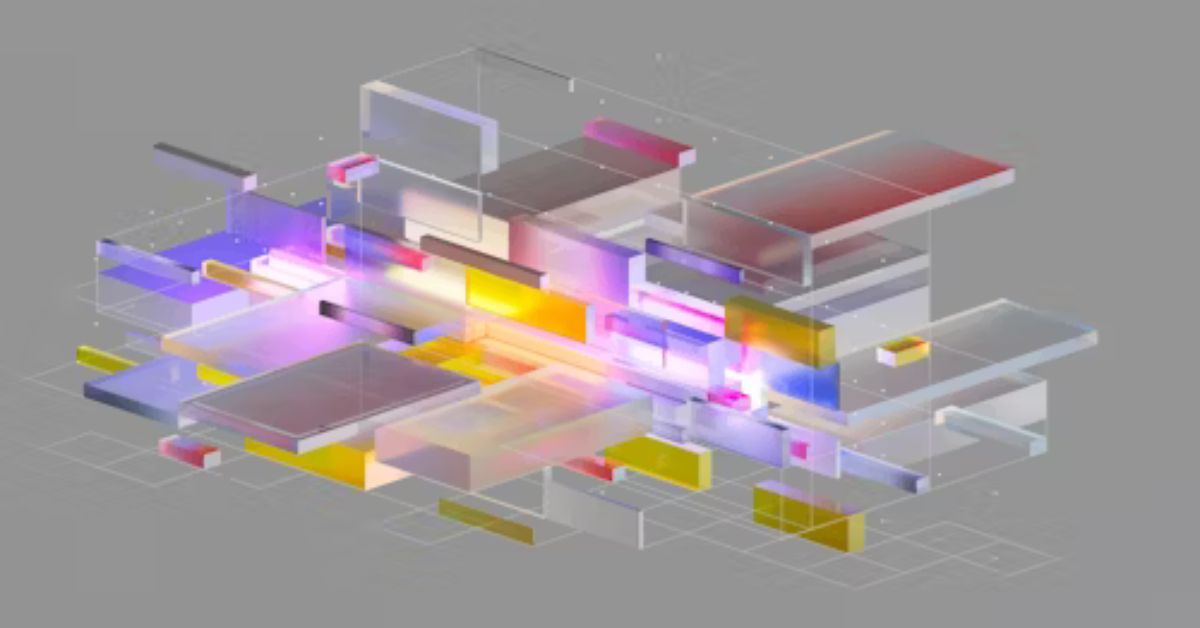In today’s technical learning landscape, Tek 102 (officially titled Engineering Graphics with Introduction to GD&T and 2‑D CAD) remains a foundational course for students entering drafting, design, and engineering-related fields. Whether you aim to become a CAD designer, engineering drafter, or early-career technologist, Tek 102 equips you with the core visual communication skills needed in manufacturing and architecture.
What Tek 102 Covers and Why It Matters
Tek 102 is a 3-unit course that blends traditional drafting techniques with modern computer-aided design tools. The curriculum typically includes:
-
Manual sketching with orthographic projection
-
Principles of descriptive geometry
-
Fundamentals of Geometric Dimensioning & Tolerancing (GD&T)
-
Introduction to 2D CAD software like AutoCAD
This combination gives students both technical drawing fluency and software proficiency—skills employers value in entry-level drafting roles. EDT 101 or equivalent is often offered alongside it in engineering graphics pathways.
What You’ll Learn in Tek 102
Foundational Drawing Skills
You’ll build competence in orthographic projections, sectional views, and auxiliary drawings—key for clearly communicating engineered parts and assemblies.
GD&T Principles
Understanding GD&T helps you define tolerances crisply and interpret engineering specifications accurately, essential in production and quality control.
CAD Techniques
Tek 102 introduces 2D drafting with CAD—students learn dimensioning, layer controls, plotting, and drafting conventions in software like AutoCAD.
Visual Communication
You’ll learn to translate engineering intent into clear, dimensioned drawings—vital across industries like mechanical design, manufacturing, architecture, and infrastructure.
How Tek 102 Stands Out
Most similar courses focus on either manual drafting or CAD independently. Tek 102 excels by integrating both alongside GD&T, offering a more comprehensive foundation. It strikes a balance between:
-
Technical theory (drawings & geometry)
-
Practical CAD tools
-
Industry-standard tolerancing knowledge
This makes it both deep and career-ready—a step above courses that limit scope to just CAD or sketching.
Who Should Take Tek 102
Ideal candidates include:
-
Engineering and drafting students starting certificate or associate programs
-
High school seniors in technical education paths
-
Entry-level drafters looking to formalize foundational skills
-
Professionals seeking to refresh skills in technical drawing fundamentals
Completing Tek 102 opens pathways to higher-level CAD courses (e.g. 3D CAD with SolidWorks) and technical roles where precise schematics are key.
Benefits and Expectations
By taking Tek 102, you gain:
-
Strong ability to generate accurate engineering drawings
-
GD&T knowledge that boosts understanding of manufacturing specs
-
The ability to create, interpret, and edit professional engineering plans
-
Readiness for advanced courses like Tek 121 (3D CAD) in drafting-technologies programs
Most programs offer this as early coursework—giving a reliable core before advancing.
Tips to Succeed in Tek 102
-
Practice sketching and dimensioning by hand regularly
-
Familiarize yourself with AutoCAD—use tutorials if necessary
-
Learn the symbology and language of GD&T—it’s precise and field-critical
-
Manage time effectively—combining manual and CAD assignments can be intensive
-
Engage with peer review—drawing review leads to stronger output
How It Fits Into Your Educational Path
Tek 102 is usually part of an Associate in Science or certificate program in Engineering Graphics and Design. At colleges like Los Angeles Valley College and East L.A. College, it’s required before moving into Tek 121 or CAD-intensive electives.
Completing Tek 102 often covers the drafting foundation required for technical jobs, technician licensing, or preparing for transfer to a bachelor’s program in engineering or design.
Filling Gaps Competitors May Miss
Many online write-ups about Tek 102 either gloss over GD&T or treat CAD in isolation. This article adds value by:
-
Highlighting the course’s balanced integration of manual drafting, GD&T, and CAD
-
Explaining concrete career relevance for drafters and designers
-
Offering actionable student advice on tools, pacing, and preparation
It’s a fresher, more detailed look ideal for students evaluating or preparing for Tek 102.
Real-World Impact: Student Example
Alex, a manufacturing tech major, completed Tek 102 and found that:
-
His hand-drawn projections gave him clearer understanding of part geometry
-
GD&T helped him interpret tolerance notes on fabrication drawings
-
CAD training made him more efficient when designing assembly views
-
He gained confidence communicating with engineers and fabricators
Because of Tek 102, Alex secured an internship where he produced detailed technical drawings used on the shop floor.
Where to Go Next
After Tek 102, consider:
-
Tek 121: Advanced 3D CAD with SolidWorks or similar tools
-
Blueprint reading: Courses like MSCNC 124/ Print Interpretation & Inspection
-
Technical writing: Courses to help you effectively document design decisions
-
Capstone drafting projects: Prepare a portfolio demonstrating technical drawing and GD&T competence
Conclusion
Tek 102 delivers a strong, practical foundation in engineering graphics, GD&T, and 2D CAD—skills essential for anyone entering drafting, technical design, or mechanical engineering fields. It balances the artistry of hand drawing with industry-standard software training and GD&T literacy. If you’re preparing for a career in design or manufacturing, Tek 102 is an excellent starting point. Its integration of visual communication, CAD competency, and tolerancing knowledge makes it both comprehensive and career-focused—setting you up for success in higher-level coursework and technical roles.
